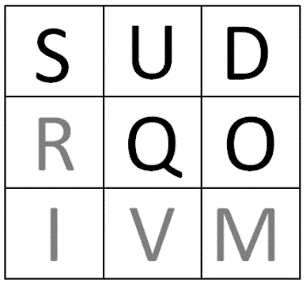Surface specific clearance levels based on the Sudoqu methodology

In 2016, within the framework of the Bel V R&D-programme, a collaboration was started with the National Institute for Public Health and the Environment (RIVM ) around a feasibility study to use their so-called SUDOQU (SUrface DOse QUantification) methodology for derivation of surface specific clearance levels. This methodology has been developed by RIVM in the aftermath of the Fukushima nuclear accident, for deriving criteria for screening potentially surface contaminated items.
It calculates the annual effective dose for consumers and non-radiological workers for a set of well-defined scenarios. Given the similarity of the situation with objects leaving a controlled area of a nuclear facility and the corresponding need for criteria for surface specific clearance, a joint project between Bel V and RIVM was set up to evaluate the suitability of the SUDOQU methodology for this application.
Based on preliminary promising results from deterministic calculations and benchmarking exercises, the collaboration was extended in the next years to develop probabilistic scenarios for derivation of surface specific clearance levels.
The methodology and the results of the probabilistic calculations have recently been presented to the Belgian Federal Agency for Nuclear Control (FANC). FANC has accepted the methodology and requested the derivation of surface specific clearance levels for a specified list of about 400 nuclides. These derived clearance levels have been integrated in the FANC technical regulations on surface specific clearance, to be published soon.
Chantal Mommaert
Bel V
Chantal.Mommaert@belv.be
Teun van Dillen
RIVM
teun.van.dillen@rivm.nl